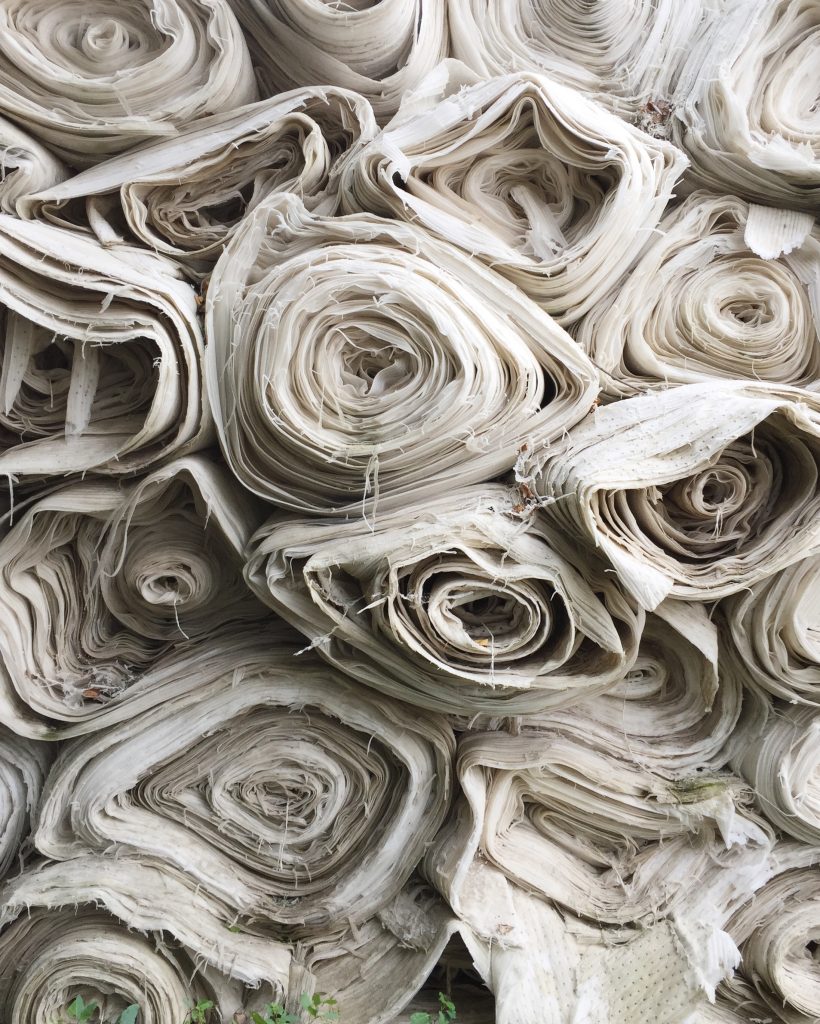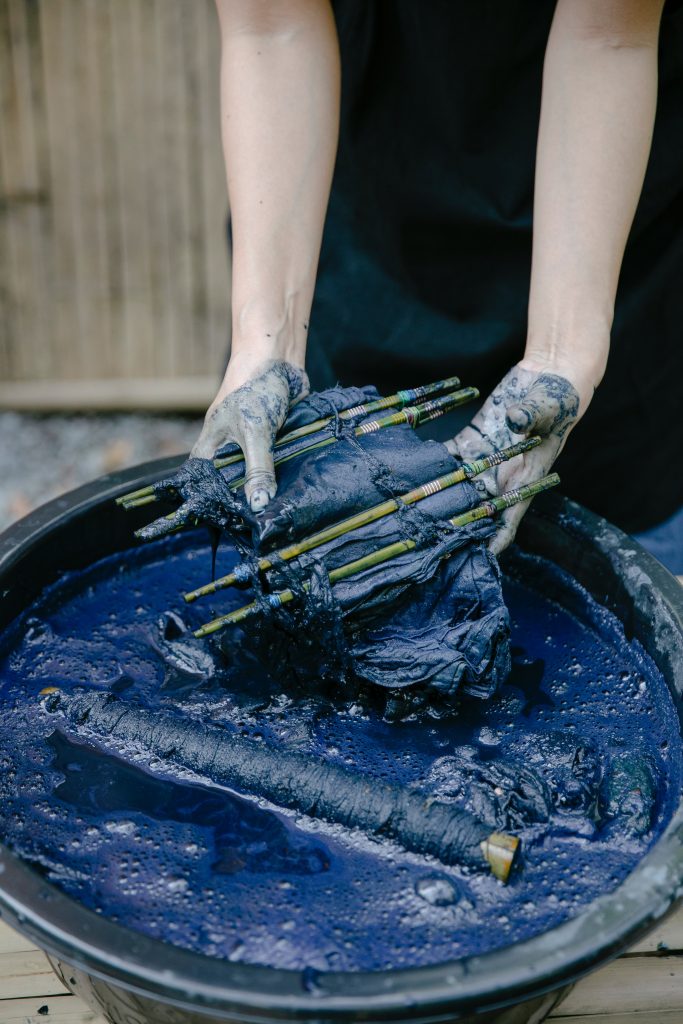Asia is the birthplace of fabric printing. In fact, all fabric printing techniques originated in this great region of the globe. The largest continent on the planet, Asia comprises 54 countries. The biggest players for fabric printing in Asia are India, Indonesia, China, Taiwan, Japan and Korea.
Asia dominates the global printing market
“According to data from 2014 and according to Epson, the equivalent of 29.5 billion square meters of fabric were printed each year. China produced 29% of the total volume, EMEA (Europe, Middle East and Africa) 23%, India 18%, Rest of Asia 17% and America 13%.” This means that Asia alone produces 64% of the total volume of fabric prints in the world. An eloquent statistic on the extent of the phenomenon.
Source: https://press.epson.eu/fr_FR/case-studies/textile-solution-center/

The main influence of India: Indian women
For those who don’t know, “les Indiennes” were light, hand-painted cotton blouses that quickly became very popular in Europe when Dutch and Portuguese merchants brought back the first of them from their voyages to India. Later, it was a very profitable trade operated and controlled by the East India Company.
Indonesia: the origin of Wax fabric
Wax fabric is often linked to African culture. With its very colorful and well-defined patterns, it is recognizable at a glance with its particular style. On the other hand, what many people do not know is that the technique was invented by painters residing on the island of Java, in Indonesia.
Source: The Wax fabric, symbol of African culture: https://afro-nation.fr/blogs/culture-africaine/tout-savoir-sur-le-tissu-wax
Also called “Indonesian Batik”, this particular technique was inscribed in 2009 by UNESCO on the representative list of the intangible cultural heritage of humanity.
In summary, the technique consists of masking areas of the fabric with hot wax, then through various stages of dyeing and washing, finally removing the wax by soaking the fabric in hot water. This last step helps reveal the shapes, lines and designs that the artist originally created by applying the wax at the start of the process. The effect is impressive and very aesthetic.
The other craft techniques of painting on fabric in Asia
In China, Taiwan, Korea and Japan, several fabric dyeing and painting techniques have also been developed.
In China, artisans have developed their own batik technique, different from that practiced in India. The Chinese craftsmen printed the wax manually using carved wooden blocks, unlike the Indians, who painted the patterns on the fabric by hand and with a brush.
Block printing was also a widespread practice, still existing today, but only for small runs and considered a capricious art.
In Japan, Shibori is an ancient fabric dyeing technique.
“Shibori is a Japanese tie-dyeing technique that has been used for centuries. Famous for its blue dye, shibori is the result of research into more interesting textile production methods than just dyeing clothes and fabrics.”
Source: https://gogonihon.com/fr/blog/shibori-la-technique-ancestrale-de-la-teinture-des-cravates-au-japon/
Several other techniques exist to decorate fabrics. We have presented you here only the best known and the most popular. They are also the oldest.
